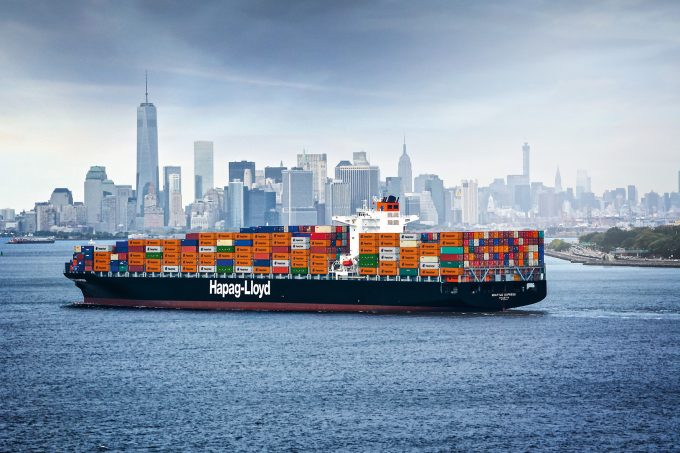MSC revamps east-west network as alliance strategies on blanking vary
As container lines try to manage capacity in the face of wild swings in short-term ...

Container spot rates on the transatlantic headhaul North Europe to North America east coast tradelane have recovered to pre-pandemic levels, but have so far not seen the hyper-inflation impacting other routes.
According to Friday’s Freightos Baltic Index (FBX) reading, the price for a 40ft container on the route stood at $2,026, which is on par with the rate in April last year and compares with a low of $1,622 in September.
But the lull could end soon, according to one leading analyst, ...
Maersk u-turn as port congestion increases across Northern Europe
Apple logistics chief Gal Dayan quits to join forwarding group
Maersk Air Cargo sees volumes fall as it aims for 'margin in favour of revenue'
Airlines slash freighter capacity post-de minimis, but 'the worst is yet to come'
Houthis tell Trump they will end attacks on Red Sea shipping
Transpac rates hold firm as capacity is diverted to Asia-Europe lanes
MSC revamps east-west network as alliance strategies on blanking vary
India-Pakistan 'tit-for-tat' cargo ban sparks sudden supply chain shocks


Comment on this article